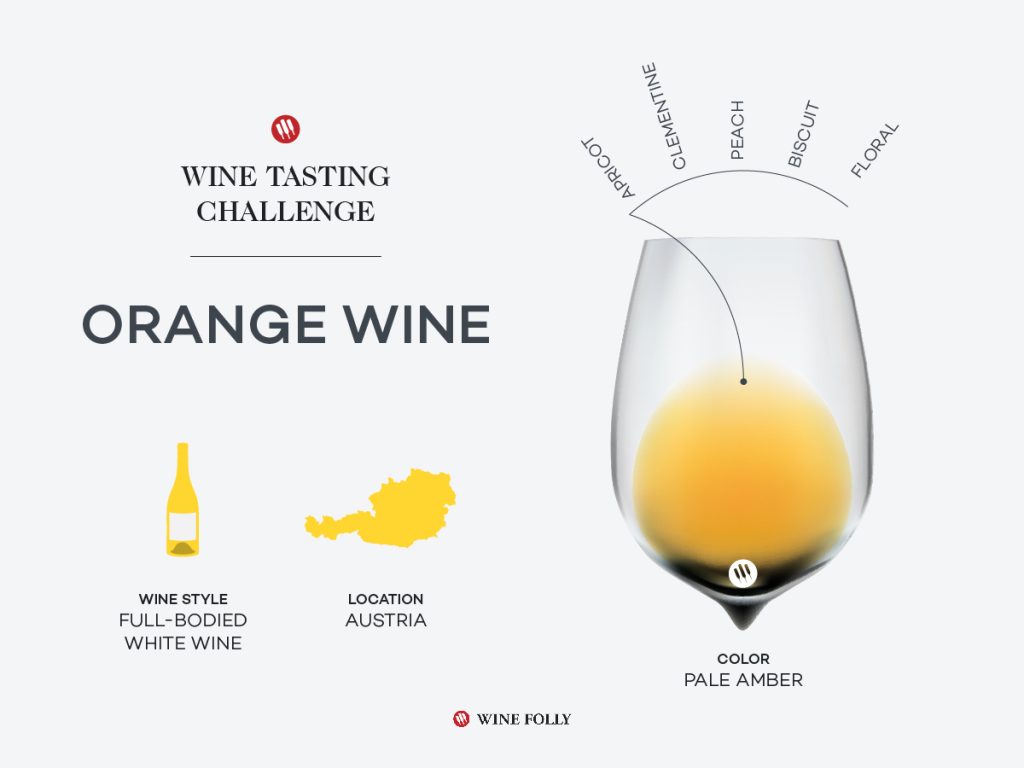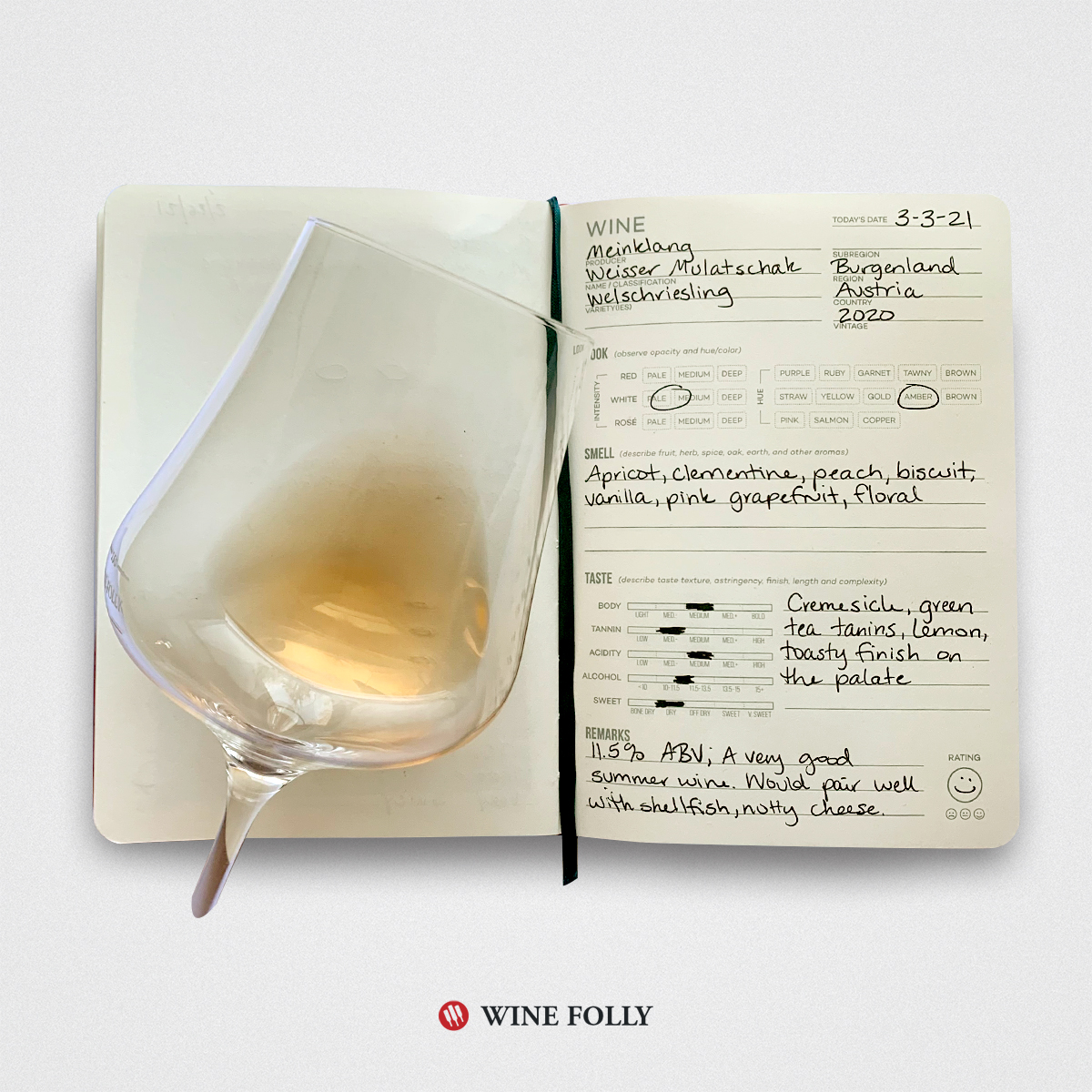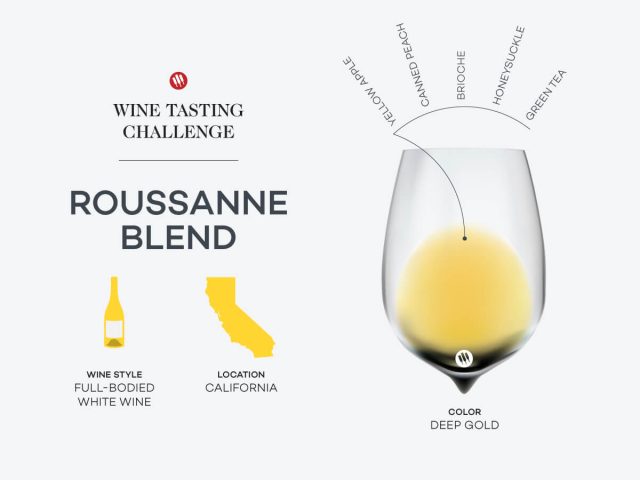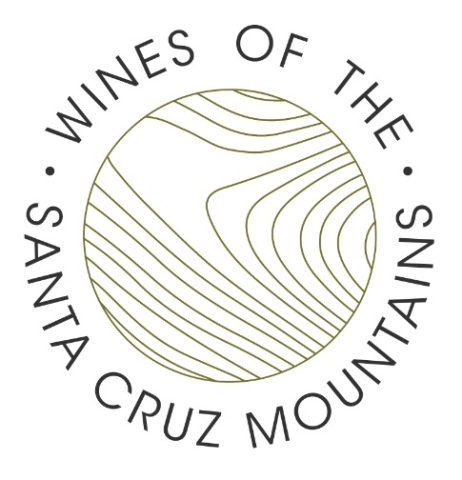Tasting Challenge: Austrian Orange Wine

When it comes to tasting orange wine, maybe the toughest thing is identifying what the heck it is. It’s not red wine. It doesn’t appear at first to be white wine.
In this week’s challenge, we’re going to step back and look at a style that appears to be brand new and unique, but is actually older than just about any other wine out there.
What is the Tasting Challenge? The challenge is a way to improve your wine palate each week with 34 wines from 12 countries — The Wine Tasting Challenge.
To understand orange wine, you’ve got to go back to basics. When you were first introduced to wine and how it’s made, one of the earliest things you probably learned was that red wine sits on its skins to get its color – white wine does not.
When it comes to orange wine, the white grapes used sit in their skins as they ferment. This leads to its distinctive amber hue.
Beyond its unique color, orange wines are known for notes of citrus, jackfruit, and a distinct nuttiness.
The tannin levels (unheard of in white wine to most of us) add a level of body and pleasant bitterness making this style stand out from other white wine. If you like sour beer, you’re likely to enjoy orange wine, as they both have tartness.
While Georgia is well-known for its qvevri-fermented orange wine, it can be a little hard to come across in the States. Fortunately, a number of other countries have picked up the process, including Austria, where we found our bottle.
A quick word on the name – Welschriesling is generally better known as Graševina.

2020 Meinklang Weisser Mulatschak
Look: Pale to medium amber: a bit of a grapefruit color.
Aromas: Apricot, clementines, peach, biscuit, vanilla, pink grapefruit, and white flowers.
On The Palate: Immediately thought of a creamsicle: citrus ribboned with vanilla. Very smooth. Green tea-like tannins. Notes of lemon, with a toasty finish.
Food Pairing: This would be delicious with shellfish or nutty cheese.
What We Learned About Austrian Orange Wine
Orange wine has become fairly hip in the wine community recently.
While that might mean that the guy who offers you a glass these days can resemble a hipster wearing one too many pieces of turquoise jewelry, the origins of this style predates even the handlebar moustache, going all the way back to the invention of wine in Georgia.
As far back as 6000 BC, ancient winemakers in Georgia were filling beeswax-lined amphorae called qvevri with smashed grapes, sealing them shut, and burying them underground to ferment.
And now, thousands of years later, there are still winemakers doing it the old fashioned way. So in many ways, drinking orange wine is like drinking a piece of ancient history.
Last Impressions
There was something about this bottle that just screamed “breakfast.” Perhaps it was the toasty notes mingling with the citrus aromas: anyone else up for some marmalade on toast?
It’s difficult to compare orange wine to anything else, which I suppose is the entire appeal: it exists in an odd limbo between red and white wine qualities.
When you’re on the hunt for something really unique, consider orange wine. Its notes and aromas are truly different from any other kind of wine, and that distinction makes it worth preserving, whether you love it or hate it.
Austrian wines are worth tasting in-depth, learn about all the delicious places your palate can go with our Austrian Wine Region map.




